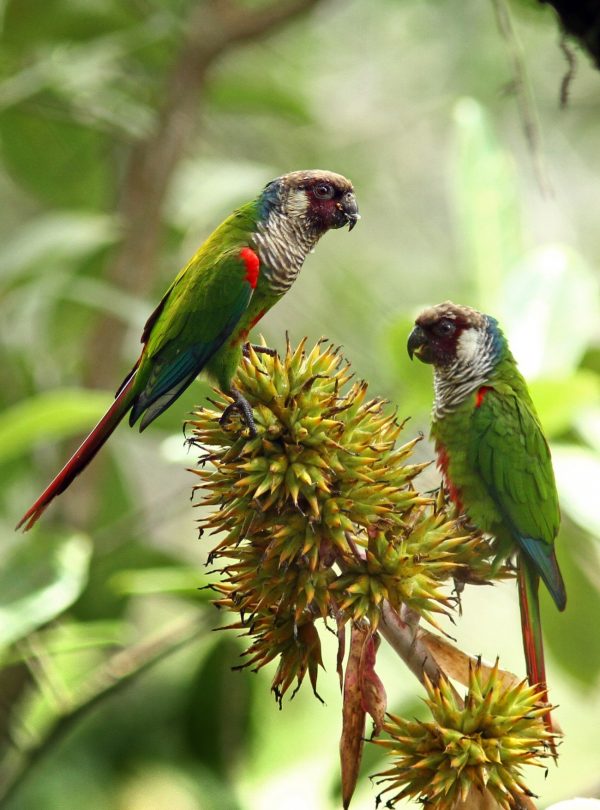
Rescue South Africa’s Lost Snake From the Brink of Extinction
Support more work like thisSupport more work like thisThe Endangered Albany Adder was thought to be extinct for a decade, now it is fighting for survival.
-
Species at Risk
4 Species
-
Carbon stored
820,801 mT*
*(metric tons of CO2 equivalents) -
Partner
Endangered Wildlife Trust (EWT)
-
23,440 Proposed Acres Conserved by
Designation
-
Project Cost: $284,071

23,440
The Endangered Albany Adder was thought to be extinct for a decade, now it is fighting for survival.
-
Species at Risk
4 Species
-
Carbon stored
820,801 mT*
*(metric tons of CO2 equivalents) -
Partner
Endangered Wildlife Trust (EWT)
-
23,440 Proposed Acres Conserved by
Designation
-
Project Cost: £206,734

23,440
Save a lost snake species
Endemic to the Eastern Cape Province of South Africa, the Endangered Albany Adder is arguably the country’s most threatened snake species. This extremely range-restricted dwarf viper had not been seen for a decade when a research team supported by Rainforest Trust rediscovered it during a field study in 2017. On the final day of work, the researchers witnessed a solitary female Albany Adder crossing the road.
Did you know?
is the length of a dwarf viper, half the size (or less!) than a standard viper.
Explore Coega Bontveld

Blue Crane


Secretarybird, by Milan Zygmunt
Prevent habitat destruction
Unfortunately, the team also discovered that what remains of the species’ core Coega Bontveld habitat is quickly disappearing because it is the location of an active cement mine. After negotiations, the mining company agreed to set aside this piece of land for conservation.
Located within the Port Elizabeth Complex Key Biodiversity Area, this region also supports numerous endemic plants and globally threatened birds including the Black Harrier (EN), Secretary Bird (EN) and Blue Crane (VU).
Be a part of our lasting solution
To save the Albany Adder, Rainforest Trust and our longtime partner, the Endangered Wildlife Trust, are working to establish a 23,440-acre nature reserve as the first protected habitat for the viper. Although land surveys and research are still underway, this project could protect 100% of the species range.



